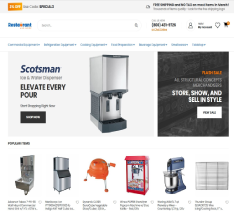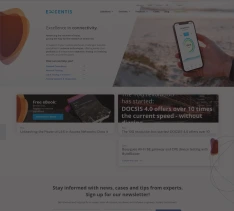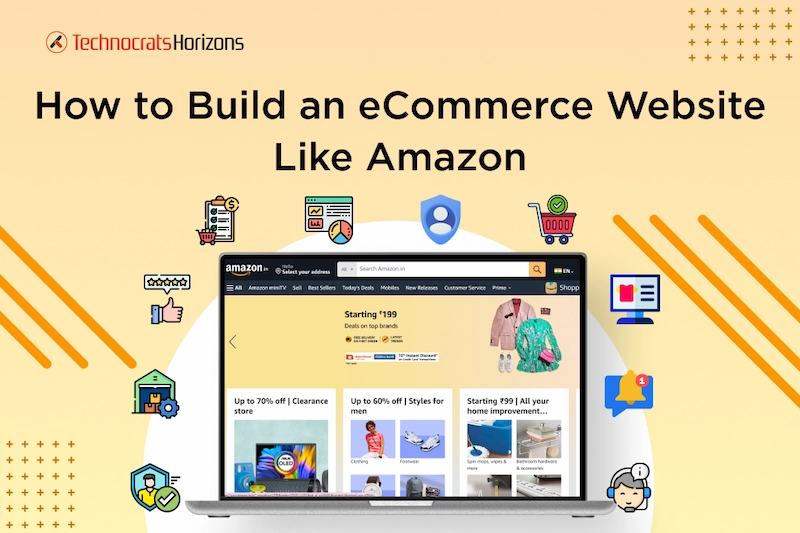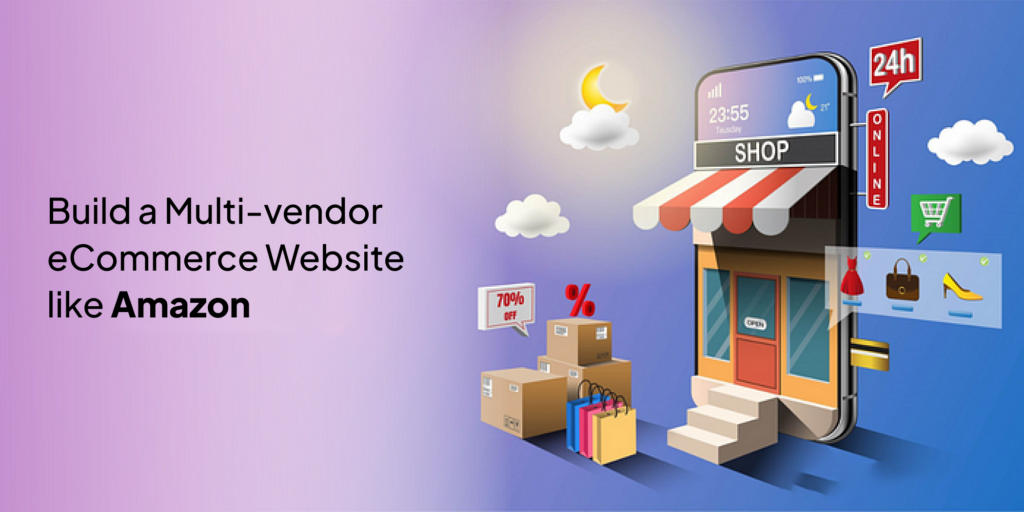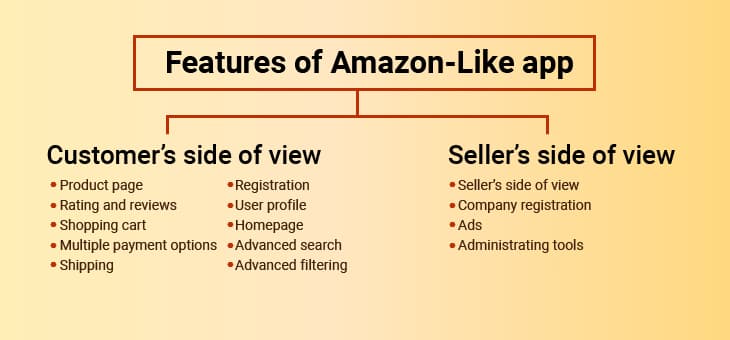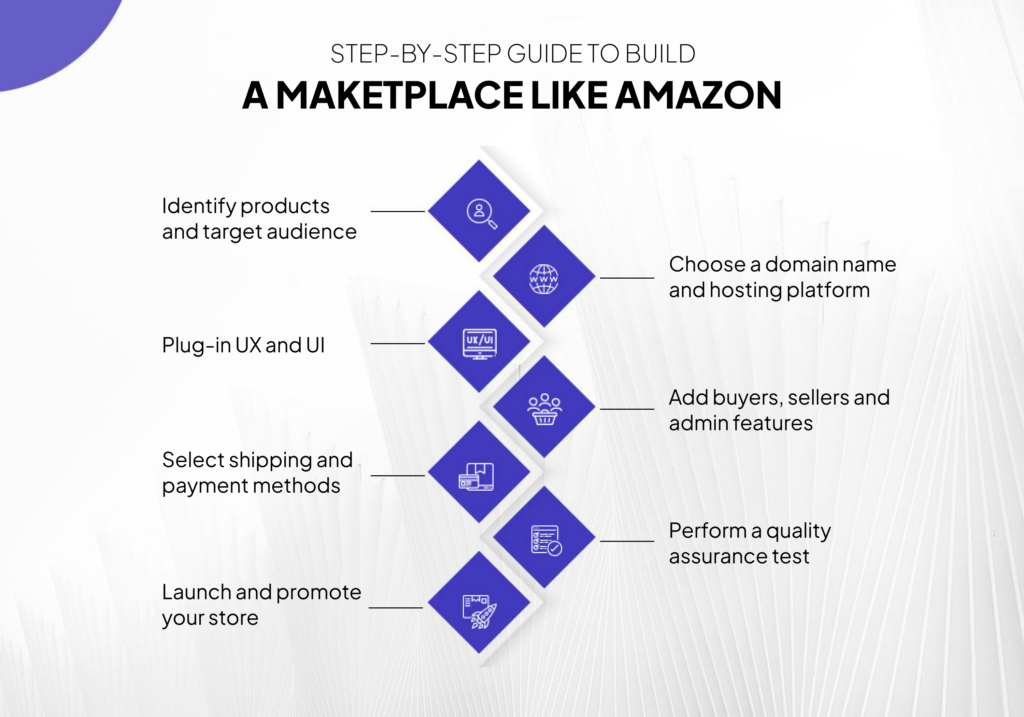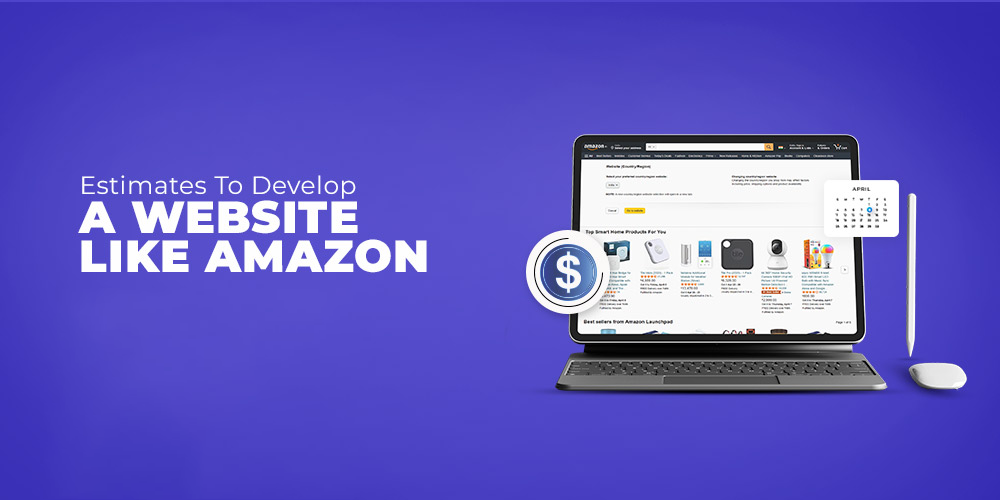Every retail business wishes to taste success, just like Amazon. However, to reach the success heights of Amazon, you need to have an impactful replica of their eCommerce website.
Of course, numerous businesses would have a vision to make a website like Amazon. However, they fall back in terms of having a proper roadmap to achieve that success.
Besides, numerous retail businesses are still thinking about why they should build an eCommerce website like Amazon. However, this question does not have a definite answer due to the innumerable benefits offered by eCommerce websites and app development.
Today, this blog will let you explore various benefits attached to eCommerce website development. Also, you will learn the complete process of how to build an eCommerce website like Amazon. Besides, you will also get to learn numerous features that you should include in your website to achieve successful heights in the eCommerce market, just like Amazon.
What Makes Amazon a Popular eCommerce Solution?
As per a recent study by Semrush, Amazon’s website records 3.23 billion visits globally every month. So, what makes Amazon different from other eCommerce solutions? Well, it’s solely because of the user-centric approach leveraged by Amazon. The giant marketplace involves splendid features that become a reason to grab customers’ attention instantly and bind them for the long run. Let’s look at the numerous features of Amazon’s website.
Easy Checkout Process
Amazon understands well how lengthy and complex checkout processes can become a solid reason for cart abandonment. That’s why it provides a one-click checkout process that simplifies the buying process for its customers.
The seamless checkout process allows Amazon to increase conversion rates and have a hold on their customers for a long time.
Secure and Convenient Payment Options
Amazon has a diverse range of customers across the globe, and that’s why, to simplify the payment process for varied customers, Amazon offers secure and multiple payment options like AmazonPay, PayPal, GooglePay, debit and credit cards, and more.
The convenience and security of payment allow Amazon’s customers to have trust and loyalty towards the brand.
Shipment Tracking
Product tracking allows customers to get an idea about the status of their purchased item in terms of location.
Shipment tracking becomes extremely helpful to the customers to know where exactly their product has reached and for how much they will receive it. By introducing shipment tracking on the website, Amazon allows its customers to have a satisfactory experience.
Advanced Search Filters
With the help of advanced filters, Amazon allows its customers to refine their search and find their desired products with ease. The advanced filters allow Amazon to deliver a seamless user experience, which eventually boosts sales.
Seamless Stock Management
Amazon not only simplifies the buying process but also offers a simplified way for vendors to manage their stocks and inventory easily. Easy management of stocks allows vendors to remove the chances of any item going out-of-stock and boost sales effectively.
Why Should You Build an eCommerce Website like Amazon?
The eCommerce world is undoubtedly expanding at a fast pace. According to GlobalData’s reports, the eCommerce market is expected to see massive growth in 2026. With this, there is no surprise that this huge expansion will benefit marketplaces like Amazon.
Also, as per the recent study by Hostinger, the stats show that about 34% of people worldwide are using eCommerce platforms for shopping. The sole reason behind this massive acceptance is the ease of shopping the eCommerce platforms provide. So, you can imagine how beneficial it can be to have an eCommerce store.
Besides the wide array of usage, building eCommerce stores offer an enormous number of benefits. Let’s have a closer look at why it is worth investing in building an eCommerce store.
Giving Your Brand a Worldwide Presence
A retail shop will always restrict you from having a large customer base due to geographical barriers. And, in this competitive world, having a wider pool of customers is the only way to stay ahead in the race and boost sales and ROI. eCommerce websites remove all geographical boundaries as they allow you to take your business to the online world.
Building Trust and Loyalty
Unlike physical stores, eCommerce websites have become an amazing way for you to enhance customer relationships and experiences by delivering intuitive interfaces, personalized experiences, and loyalty programs. This helps you build trust and loyalty in customers and bind them with your brand for the long run.
Security at the Best
Customers always feel hesitant to make online purchases due to the risks of cyber threats. eCommerce websites are designed to follow robust security protocols like GDPR and secure payment gateways, which ensure that customers make online purchases securely. This allows your brand to build trust in customers’ minds.
Omnichannel Experience
With an eCommerce website, you can easily integrate numerous social media channels like WhatsApp, Instagram, and more that allow you to deliver a unified shopping experience across all platforms, allowing ease of accessibility to your customers, which again becomes a reason for them to stick to your brand for a lifetime.
Features to Look Upon to Create an eCommerce Website Like Amazon
Now that you know the numerous benefits associated with eCommerce website development, such as Amazon, you would be thinking about the process involved in creating it.
However, before exploring the development process, you must note some important features that you should include in your website to achieve success, such as Amazon. Here are some features that you should not forget to include in your eCommerce website.
Intuitive User Interface
For any eCommerce website, its user interface plays a key role in driving success. The more user-friendly the interface is, the greater the chances of attracting customers to your brand. The intuitive user interface is one of the key reasons for Amazon’s large customer base.
That’s why, while building a website like Amazon, you should always ensure its interface is designed with its end-users in mind. This will help you enhance the customer experience by allowing smooth navigation, which will eventually allow you to build long-term relationships.
Advanced Search Functionality and Filtering
A customer will visit your eStore again if they can easily find the products they are looking for. You can simplify the search process for your customers by offering filters in terms of pricing, color, brand, and more.
Besides, AI-powered voice-based search allows a seamless search experience for people with disability. An advanced search system will allow your customers to search for products easily and profoundly.
Personalized Product Recommendations
Besides providing a user-friendly interface, another way of enhancing customer experience is by providing personalization. Personalized recommendations allow your customers to get their desired products with ease without making an effort to search for them.
With the help of AI-powered data analytics tools, you can recommend products to your customers based on their past purchases and browsing history. Personalized recommendations play a key role in simplifying the search process for your customers, which benefits you in the long run.
Multiple Payment Options
Unlike your physical store, your eCommerce store is going to have customers all across the globe. That’s why it becomes necessary for you to include multiple payment options like PayPal, debit and credit cards, GPay, and more to simplify customer payment processing.
One-Click Checkout Process
As discussed earlier, a complex checkout process can become a reason for cart abandonment. That’s why your eCommerce website should undergo a simplified checkout process with minimum requirements.
The one-click checkout process will enable customers to make more purchases from your eStore.
Shipment Tracking
Once customers purchase any product from eStore, they will always need to track the status of the item they ordered. Amazon provides every single detail, from dispatch status to delivery status, to their customers, and that’s the reason why customers have built trust in Amazon.
You should also allow a shipment tracking feature to let your customers know the status of their purchased items.
Inventory Management
Most eCommerce stores have to deal with out-of-stock issues. While it might seem to be a minor issue, it becomes a major problem when your customers leave your website and move towards your competitors’ eStores to purchase the same product from them.
To avoid such issues, an inventory management system allows you to manage all your products, and it will also give you timely updates of stock availability that will help you eliminate the chances of stock unavailability.
How to Build an eCommerce Website Like Amazon?

Now, it’s time to answer the question that is constantly striking your mind: How do you build a website like Amazon? Well, the answer to this question is very simple. You need to follow a step-by-step development process to get a website like Amazon. Here’s a step-by-step process that you should undergo to make a website like Amazon.
Performing a Thorough Market Analysis
Before starting to build your eCommerce website, you will need to perform a detailed market analysis to know the latest trends and insights emerging in the market. Thorough market analysis will allow you to find the gaps in your competitors and how your eCommerce web application will fill those gaps.
Moreover, market and competitor analysis will also allow you to have a clear understanding of essential features that you should incorporate in your eStore.
Crafting Blueprints of Your Vision
Once you have got the idea of the necessary features and functions to be inhabited in your eStore, you should craft wireframes and prototypes to know how your eCommerce website will look after it is built.
Design blueprints also give you a chance to make changes wherever you feel necessary. The design outlook becomes an important medium for you to design a visually appealing and user-friendly interface with ease.
Preparing Compelling UI/UX Design
The user interface plays an important part in attracting your customers to your eStore. An intuitive user interface and smooth navigation will allow your customers to make more purchases and build long-term relationships with your brand. In contrast, unfriendly user interfaces will always move your customers away from your eStore.
For instance, Tilton Coffered Ceilings, a famous marketplace for ceilings, walls, and floor treatment products, was losing out sales due to poor user interface. Technocrats Horizons, a custom eCommerce development company in the US and India, became an effective helping medium for Tilton by building a user-friendly interface for them. An intuitive interface with compelling design not only helped Tilton grab user attention but also helped them boost their sales and ROI on the go.
Building an MVP (Minimum Viable Product)
A few decades back, businesses had to launch their eCommerce websites and applications without validating their idea. This wasted a lot of time and money. Moreover, invalidated websites or applications were often not successful in meeting the user’s demands and needs, which ultimately resulted in their failure.
With MVP, businesses get a renowned chance to validate their idea with real-time users by building an application with the inclusion of minimum features and saving themselves from incurring substantial losses.
Tonic, a popular eLearning platform, wanted to provide a seamless way for online exam preparation through its scalable mobile application and a robust web portal. However, they faced numerous challenges in managing users and content. Moreover, they were struggling hard to deliver personalized experiences to individual students. To simplify their way, Technocrats Horizons suggested they develop an MVP that allowed them to validate their product idea.
Technocrats’s MVP development allowed the Tonic team to build a solution with minimum features to cater to different individual needs with ease. Moreover, our design and development team provided Tonic with an easily accessible centralized solution that allowed them to manage their content and users seamlessly.
Quality Testing and Assurance
Performing rigorous testing of your designed application is utterly important to save it from having any bugs and errors at the time of launch. You should perform thorough testing measures to ensure your designed eStore is free from all sorts of errors and that your customers will be able to use the application in a hassle-free manner.
At Technocrats Horizons, our team of quality analysts always ensures that we deliver the designed applications with the hallmark of quality assurance, and that’s the reason why our designed eCommerce solutions have always allowed seamless accessibility to businesses.
Deployment and Maintenance
Once your eCommerce website is built and tested successfully, you need to launch it into the desired environment. For the smooth performance of your eCommerce website, you should continuously check for timely updates and maintenance.
How Much Does it Cost to Build an eCommerce Website Like Amazon?
You might now have an idea about how you can build a website like Amazon with ease. With this, you might be tackling your mind, thinking about how much you will need to incur to build an eCommerce website. Well, the eCommerce website development cost depends on numerous factors, like the size and complexity of the website, the number of features you want to embed, the type of technologies you need to leverage in website development, and more.
Usually, the cost to build a small or medium-sized eCommerce website ranges from $50,000 to $100,000. In contrast, to develop an eCommerce website with advanced features and functionalities, you need to incur a cost ranging from $100,000 to $500,000.
However, this is a mere cost estimation. As said earlier, the total development cost depends on the type of website you need to build. Having a consultation with an eCommerce website development company like Technocrats Horizons will give you a perfect idea about the cost needed to build a custom eCommerce website.
Final Say
Amazon has become a giant eCommerce marketplace due to its amazing features and functionalities. From seamless checkout process to shipment tracking to inventory management to advanced search filtration, Amazon ensures that its customers do not leave their application without shopping.
Following a simple process can help you build a website like Amazon. By researching the market, crafting visually appealing user designs, building an MVP, performing thorough testing, and doing timely maintenance, you can have a successful Amazon-like eCommerce website with ease.
Suppose you have an idea to launch your retail business in the online world but find a perfect solution. In that case, Technocrats Horizons can become your perfect design and development partner. We have 13+ years of expertise in developing eCommerce applications that have helped numerous businesses reach the heights of success.
Get in touch to turn your vision into reality.
Struggling with generic eCommerce platforms?
Get a custom solution built just for your business model.


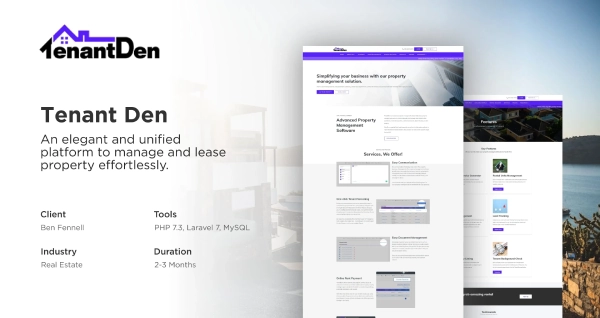

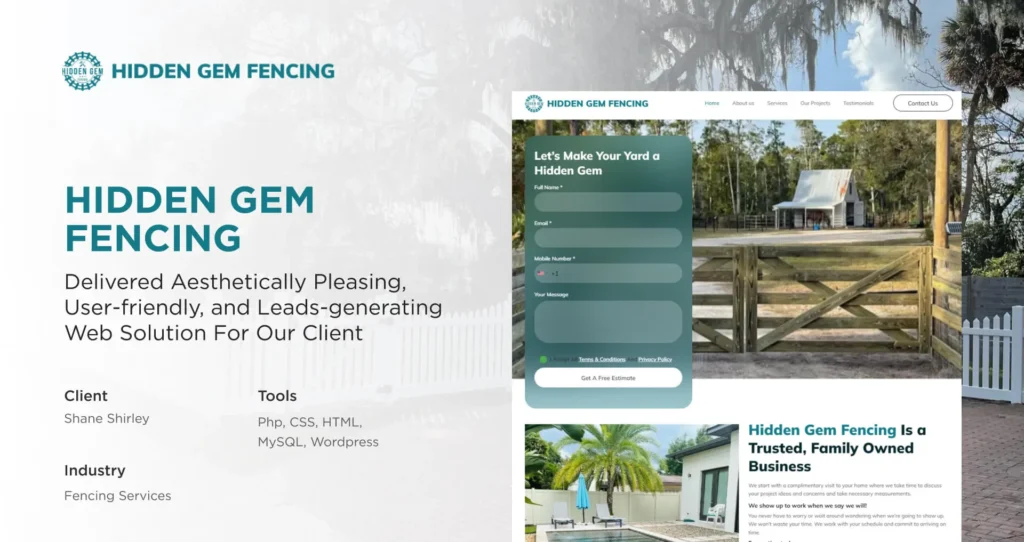
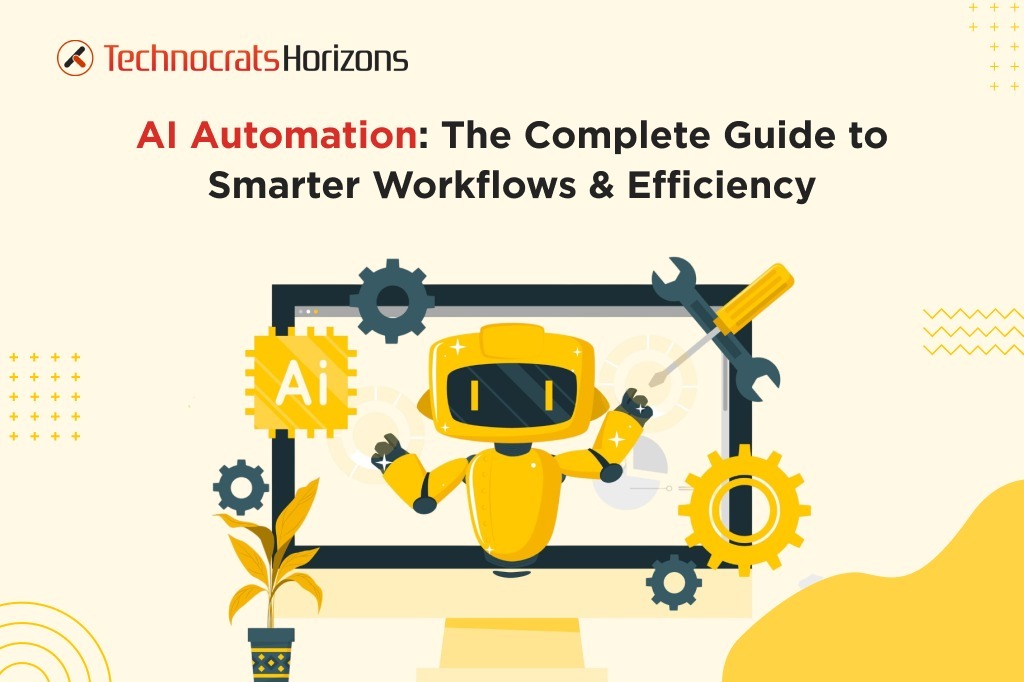





 Request a
Request a













